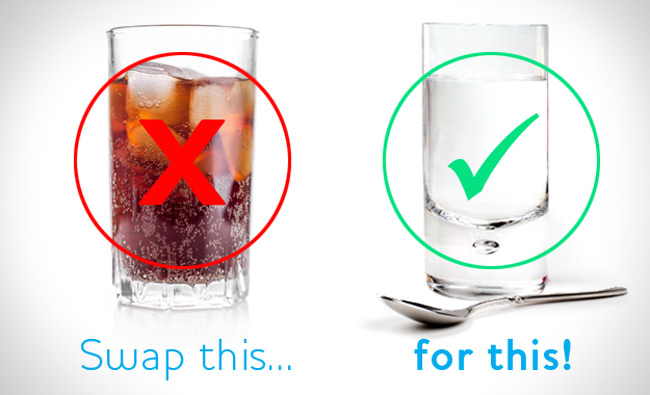
New research by Andersen et al, published in the International Journal of Food Sciences and Nutrition, may have an impact on the sugar tax debate. The research team observed overall changes in dietary patterns in overweight children, including a decrease in consumption of sugary drinks, when additional water or milk is added to their diet.
Since 2011 the European Society for Paediatric Gastroenterology, Hepatology and Nutrition has recommended plain water as the best source of fluid for children, to promote fullness, reduce calorie intake and subsequently stabilise weight. Until now though, little evidence has proven the link between children’s choice of beverage, dietary habits and weight. Using a sample of 173 overweight Danish adolescents, Andersen et al explored the effect of providing 1 l/d of either water or milk over a 12 week period on the overall diet. They studied effects on calories, nutrients, food types and general dietary patterns. The children were encouraged to eat without restraint during the study, except for the addition of the test drink. Would the addition of milk or water have a favourable effect on participants’ health?
The results showed participants recorded on average a lower intake of food per kilogram of body weight during the trial. Furthermore, consumption of convenience foods, notably sugary drinks, was significantly lower in both water and milk study groups. The water group showed a decrease in calories consumed during the intervention. This might be a positive step towards maintaining a healthy diet and maybe also a healthy weight. The authors note “The main strength of this study is the…inclusion of the whole dietary approach of well measured foods and dietary patterns … Moreover, the investigation was designed with no restriction of diet … This imitates how dietary changes may be adapted into usual life and supports free-living behaviour, which increases the interpretation of results in relation to public health.”